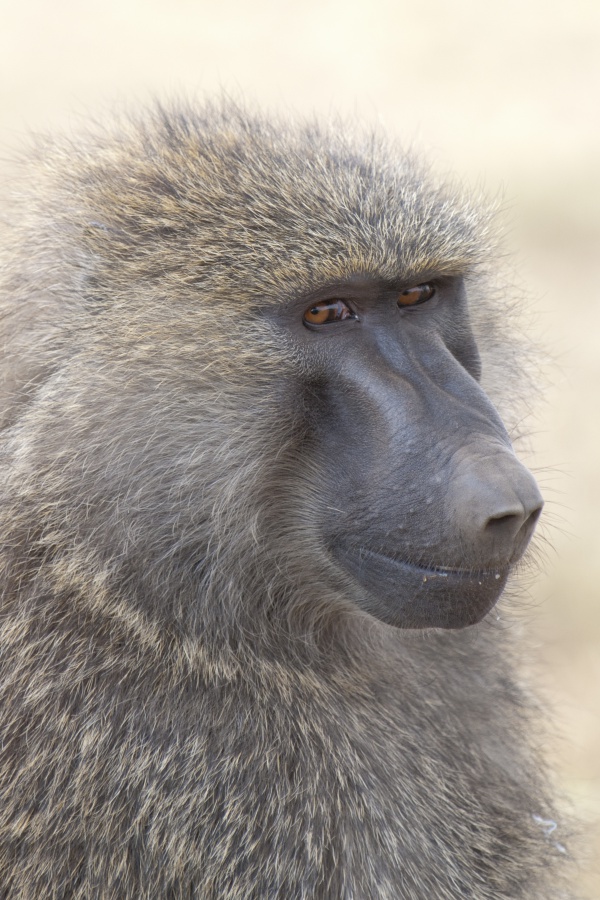Facts About Baboon
Baboons are intriguing primates belonging to the genus *Papio*, part of the 23 genera of Old World monkeys. There are five recognized species: hamadryas, Guinea, olive, yellow, and chacma baboons, each indigenous to different regions of Africa and the Arabian Peninsula. These creatures have existed for at least two million years and rank among the largest non-hominoid primates.
Baboons exhibit noticeable sexual dimorphism, with males and females differing in size, color, and the development of their canine teeth. They possess long muzzles, powerful jaws with sharp canines, close-set eyes, and thick fur covering most of their bodies except for their muzzles. Additionally, they have short tails and nerve-less, hairless pads of skin on their buttocks called ischial callosities, which provide comfort while sitting. Baboons are diurnal and spend most of their time on the ground but seek refuge in trees or on high cliffs at night to avoid predators.
These primates have a varied diet and are omnivorous. Their food intake includes grasses, seeds, roots, leaves, fruits, insects, fish, shellfish, rodents, birds, and even small antelopes. Baboons live in hierarchical social groups called troops, which include harem structures. Dominant males establish the mating hierarchy within these groups. Female baboons typically give birth to one infant after a six-month gestation period and serve as the primary caregivers. The young are weaned after about a year and reach sexual maturity between five to eight years. In captivity, baboons can live up to 45 years, whereas in the wild, their lifespan ranges from 20 to 30 years.
The classification of the five baboon species as distinct species or subspecies remains a topic of scientific debate. Baboons inhabit open savannahs and woodlands across Africa and display pronounced sexual dimorphism. They face threats from predators such as Nile crocodiles, lions, hyenas, leopards, and cheetahs. Their social structures are complex, featuring clear dominance hierarchies and intricate mating behaviors.
Humans have had a longstanding relationship with baboons. In Egyptian mythology, the hamadryas baboon was revered as the deity Babi. Numerous documentaries explore the interactions between baboons and humans. Additionally, baboons can carry the Herpesvirus *papio* family of viruses, though the effects on humans are not fully understood.

 Zimbabwe
Zimbabwe